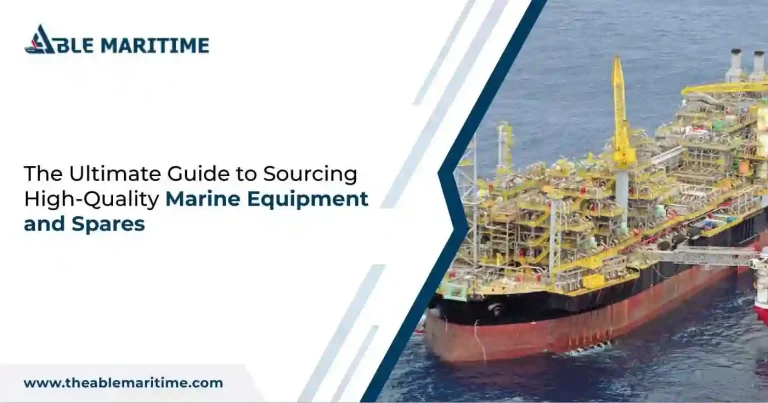Introduction
The marine industry is vast, dynamic, and full of opportunities. As a marine product supplier, navigating this complex market requires strategic planning, a keen understanding of industry trends, and a commitment to quality. In this blog, we will explore essential strategies that can help marine product suppliers thrive in 2024 and beyond.
1. Embrace Sustainable Practices
With growing environmental concerns and stricter regulations, sustainability is no longer optional; it’s a necessity. Suppliers should focus on sourcing eco-friendly materials and reducing their carbon footprint. This not only helps in complying with regulations but also appeals to environmentally conscious consumers and businesses.
Key Actions:
- Source materials from sustainable suppliers.
- Implement energy-efficient processes.
- Reduce waste and promote recycling.
2. Leverage Technology for Efficiency
Advancements in technology can significantly enhance operational efficiency. From inventory management systems to automation in manufacturing, embracing technology can lead to cost savings, improved product quality, and faster delivery times.
Key Actions:
- Invest in modern inventory management software.
- Implement automation in manufacturing processes.
- Utilize data analytics for better decision-making.
3. Focus on Product Quality and Innovation
Quality remains a top priority for buyers in the marine industry. Suppliers should continually strive to improve their products and innovate to meet the evolving needs of the market. This includes using high-quality materials, adhering to industry standards, and staying ahead of technological advancements.
Key Actions:
- Conduct regular quality checks.
- Stay updated with industry standards and certifications.
- Invest in research and development for product innovation.
4. Strengthen Supply Chain Management
Efficient supply chain management is crucial for timely delivery and cost control. Building strong relationships with suppliers, optimizing logistics, and having contingency plans can mitigate risks and ensure a smooth supply chain.
Key Actions:
- Build and maintain strong relationships with reliable suppliers.
- Optimize logistics and transportation.
- Develop contingency plans for supply chain disruptions.
5. Enhance Customer Relationships
Building and maintaining strong relationships with customers is key to long-term success. Understanding their needs, providing excellent customer service, and seeking feedback can lead to repeat business and positive word-of-mouth.
Key Actions:
- Maintain regular communication with customers.
- Provide personalized customer service.
- Actively seek and act on customer feedback.
6. Expand Your Market Reach
Exploring new markets and diversifying your customer base can provide stability and growth opportunities. This might involve entering new geographical regions, targeting different segments within the marine industry, or expanding your product line.
Key Actions:
- Research and identify potential new markets.
- Adapt marketing strategies to target new customer segments.
- Expand product offerings to meet diverse needs.
7. Invest in Marketing and Branding
A strong brand presence can set you apart from competitors. Investing in marketing and building a recognizable brand can attract new customers and retain existing ones. Utilize digital marketing, participate in industry trade shows, and build a strong online presence.
Key Actions:
- Develop a comprehensive digital marketing strategy.
- Participate in industry trade shows and events.
- Build a professional and informative website.
Conclusion
The marine industry presents numerous opportunities for suppliers who are prepared to adapt and innovate. By embracing sustainability, leveraging technology, focusing on quality, strengthening supply chains, enhancing customer relationships, expanding market reach, and investing in marketing, marine product suppliers can position themselves for success in 2024 and beyond.
For more insights and updates on the marine industry, stay tuned to our blog and feel free to reach out with any questions or comments. Together, we can navigate the future of marine products.







